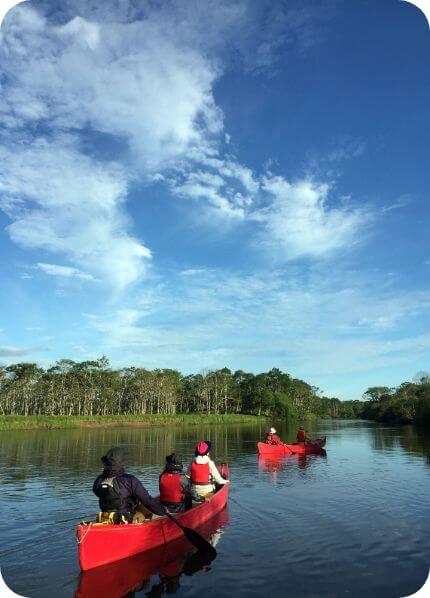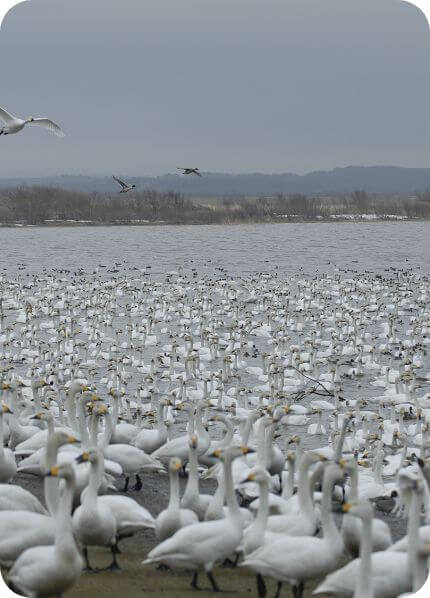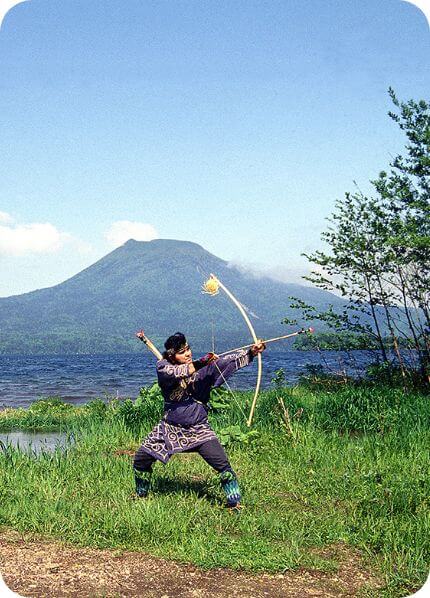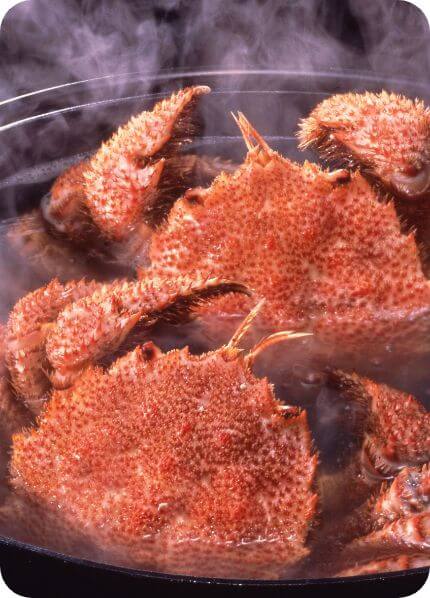SNOW SEASON
place: Niseko
Hokkaido’s winter attractions are not just limited to skiing and snowboarding—visitors can try out a range of unusual activities, such as dog sledding, winter canoeing, or even board a cruise ship to observe drift ice. Adventurous visitors may even choose to don a dry suit to walk on the drift ice or try ice diving beneath it. The area also provides tours to observe a variety of unique natural phenomena that only appear in extreme winter conditions.
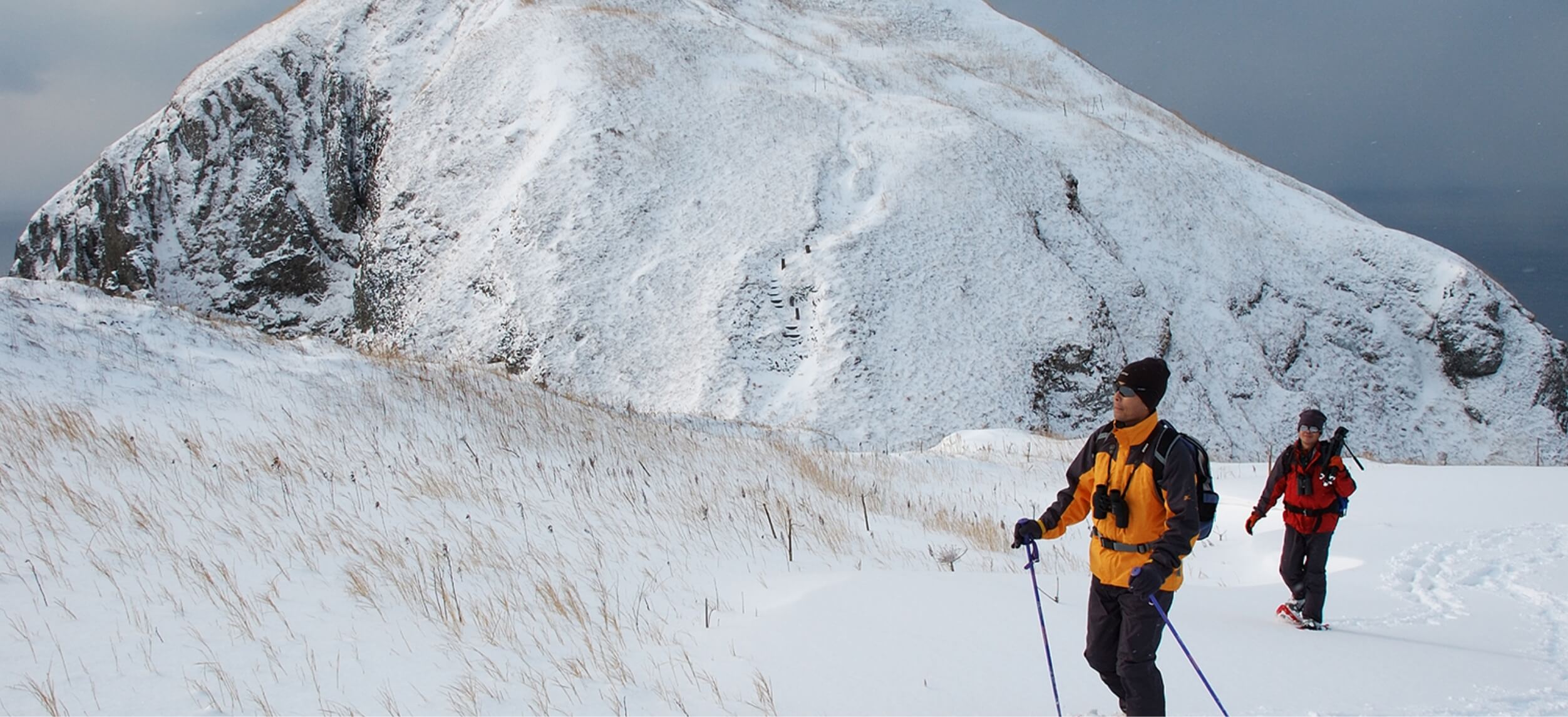
A Wonderland for Winter Activities
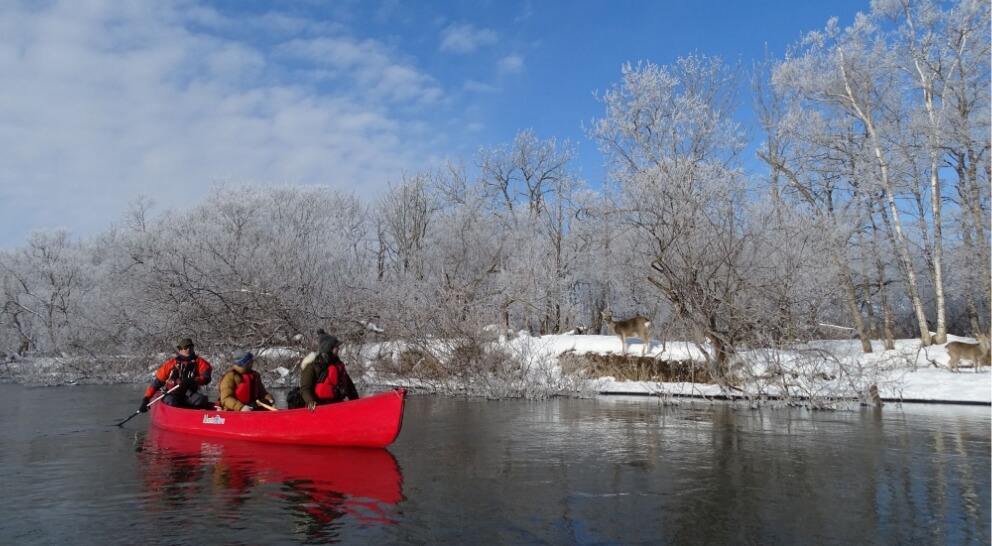
Hokkaido is renowned for its world-class powder snow, a product of its crisp, dry climate. Snow season lasts a long time, from late November to early May, making the area a paradise for skiers and snowboarders. Ski resorts like Niseko, Tomamu, and Kiroro, where you can try backcountry skiing, are popular with international visitors.
You can also try your hand at dog sledding or ride a fat bike in various parts of the region. The Kushiro-Shitsugen wetland and Lake Shikotsu are great for winter canoeing, offering the chance to observe wild birds and animals against a tranquil winter backdrop.
Ice fishing for pond smelt is popular with the locals. It is available in spots like the outskirts of Sapporo, Onuma, Furano, Kushiro, Abashiri, and Tokachi from late December to mid-May. You can have your freshly-caught smelt fried or cooked tempura style on the spot.
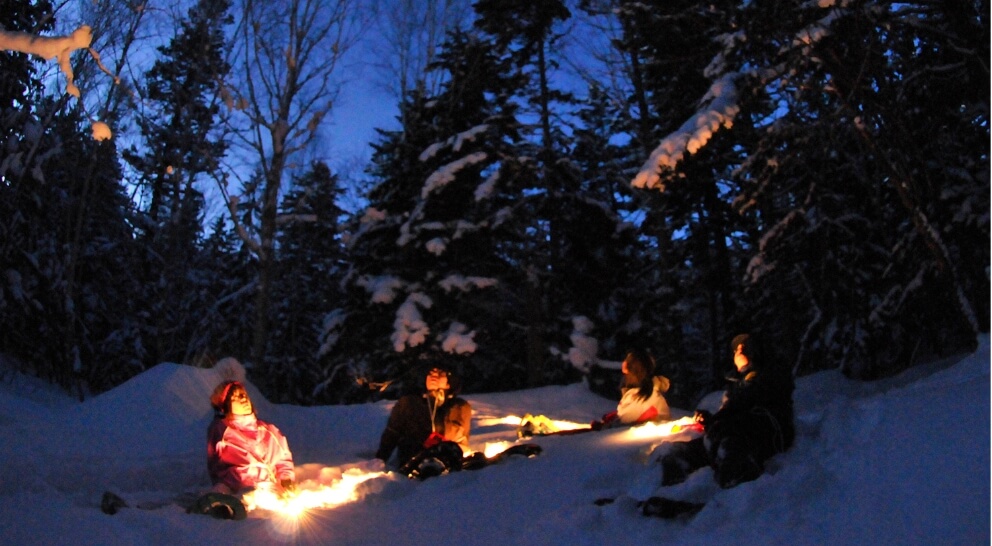
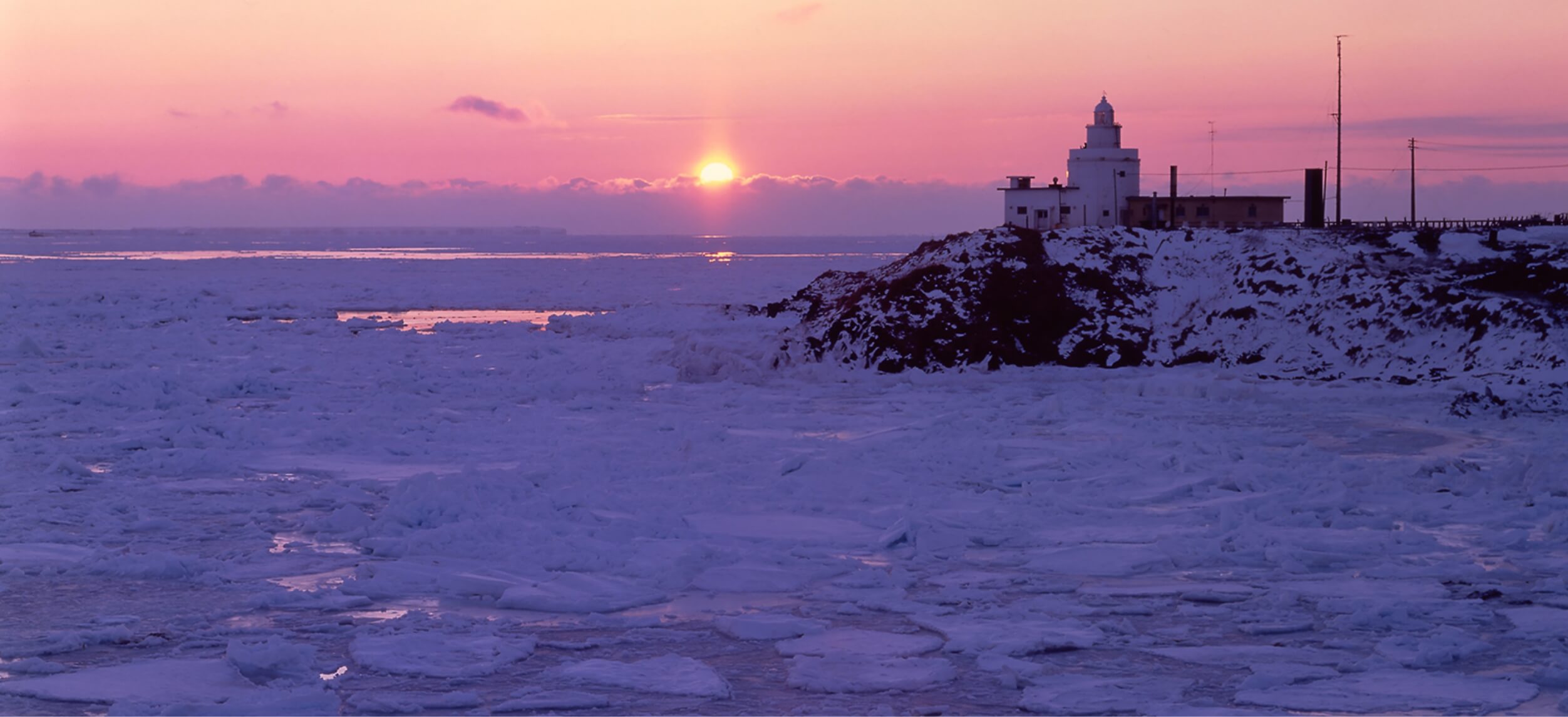
Drift Ice Adventures
Every year around February, drift ice floats to the Shiretoko Peninsula and the surrounding area, bringing an abundance of precious nutrients to the seas of Hokkaido.

It is unusual for drift ice to be observed at Hokkaido’s relatively low latitude, making this phenomenon unique to the region. Cruises to see the drift ice are operated from three locations: Monbetsu, Abashiri, and Rausu. At Abashiri and Monbetsu, you will be sailing on powerful icebreakers that crush the drift ice on the go. At the cruise from Rausu on the Shiretoko Peninsula, you can observe Steller’s sea eagles, white-tailed eagles, and other wild birds along with the drift ice. There are also other unique ways to experience drift ice—at Shiretoko, you can don a dry suit and walk on the floes, swim in the waters around them, or go ice diving beneath them.

Encounter Natural Winter Phenomena
Hokkaido features a number of natural phenomena that can only be observed in the winter months. In January and February, jewel-like crystal-clear ice washes up on the shoreline of the Otsu Coast in Toyokoro, Tokachi, in a phenomenon aptly referred to as “Jewelry Ice”. These gleaming ice objects which have been forged by the forces of nature take on an almost art-like appearance, their visage evolving throughout the morning as the sunlight gradually intensifies. You can take an early-morning or midday tour to view this natural spectacle.
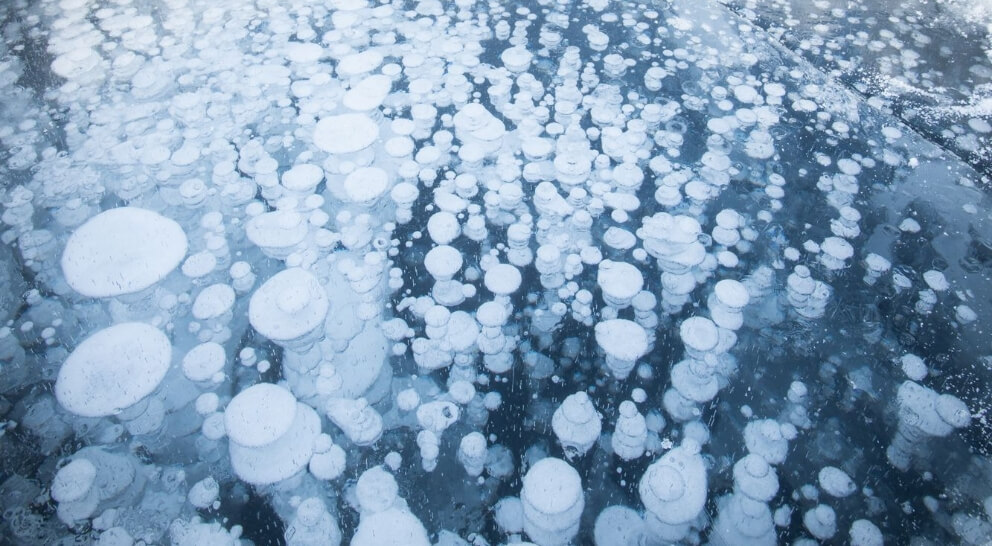
From January to March at Lake Akan in the east of Hokkaido, you can see delicate “frost flowers”—frost crystals formed in flower-like shapes on the frozen lake in the early morning, and ice bubbles, when gas from the bottom of the lake is trapped in layers of ice. You can take a walking tour early in the morning to observe these wonders and opt to rent snowshoes. Lake Nukabira in Daisetsuzan National Park is also known for its ice bubbles, and tours are offered in January.
- HOME
- Adventure Travel in HOKKAIDO
- Snow Season



